Key Points and Summary – Ottawa’s F-35 acquisition is proceeding—cautiously. Canada is contractually committed to 16 jets and prepping bases, training, and infrastructure for early deliveries, even as a government review weighs whether to buy the remaining 72.
-Costs have risen sharply, and pilot/infrastructure shortfalls persist. Washington has hinted that a reduced buy could strain NORAD interoperability, while Canadian officials argue tactics and procedures—not identical airframes—ensure integration, keeping a “mixed fleet” option alive during CF-18 sunset.
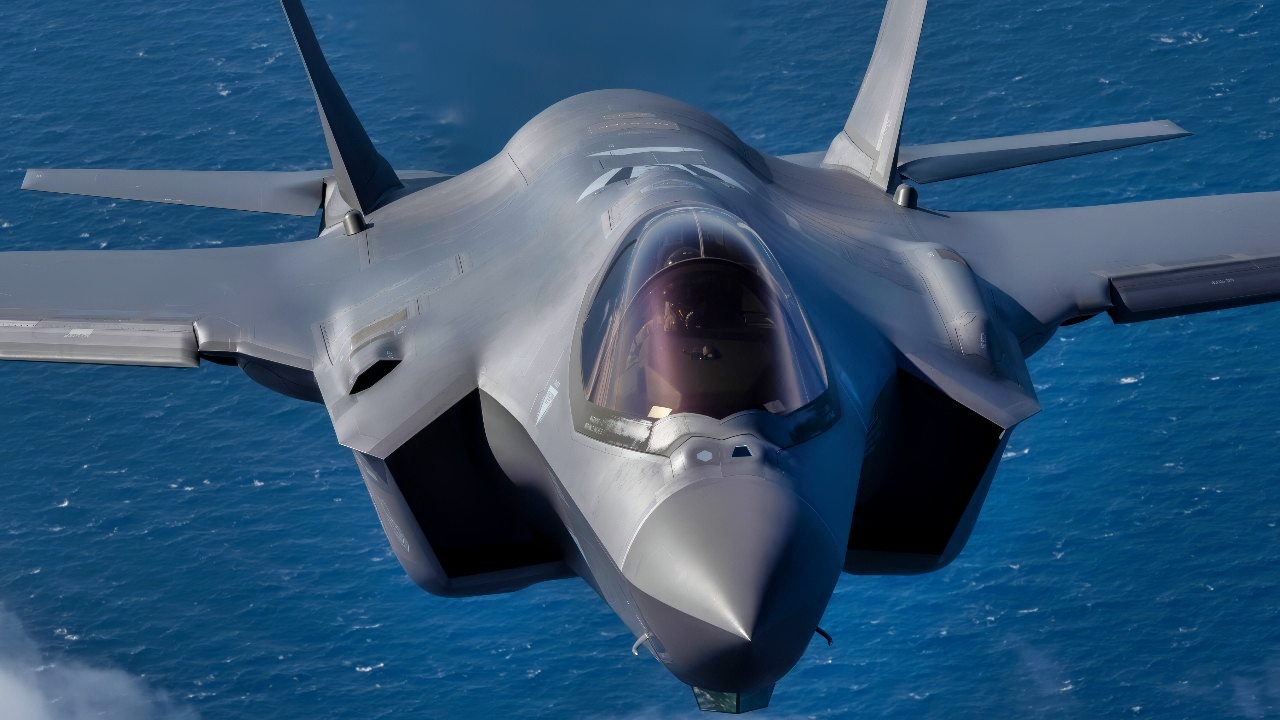
A U.S. Air Force F-35A Lightning II participating in NATO exercise Ramstein Flag 24 flies over the west coast of Greece, Oct. 4, 2024. Over 130 fighter and enabler aircraft from Greece, Canada, France, Hungary, Italy, Poland, Portugal, Romania, Spain, Sweden, United Kingdom and United States are training side by side to improve tactics and foster more robust integration, demonstrating NATO’s resolve, commitment and ability to deter potential adversaries and defend the Alliance. (U.S. Air Force photo by Tech. Sgt. Emili Koonce)

A U.S. Air Force F-35A Lightning II, from the 421st Expeditionary Fighter Squadron, deployed to Kadena Air Base, taxis after a training mission at Kadena Air Base, Japan, July 11, 2025. The F-35 is an agile, versatile, high-performance, multirole fighter that combines stealth, sensor fusion and unprecedented situational awareness to overcome adversarial and situational challenges. (U.S. Air Force photo by Airman Nathaniel Jackson)
-For now, defense leaders say they’re “full steam ahead” until told otherwise; the final fleet size will hinge on budget realities, industry capacity, and Canada’s evolving threat calculus.
Canada’s F-35 Plan: “Full Steam Ahead” — With Caveats
Since earlier this year, many eyes have been on Canada and its plans to purchase 88 F-35s. The previous Canadian government had agreed in 2022 to purchase the jets, intended to replace the existing CF-18 Hornet fleet.
However, back in June, Auditor General Karen Hogan released a report stating that the plan was facing “skyrocketing costs, a shortage of trained pilots and a lack of critical infrastructure.” The original cost of $19 billion had increased to $27.7 billion as of the report earlier this year.
Shortly before coming to power earlier this year, Prime Minister Mark Carney had ordered a review of the F-35 project. Of the pending order of 88 aircraft, Canada is committed to purchasing 16, with four already paid for. The first handful of jets is set for delivery next year.
An Uncertain Order
This contingency, coupled with new tariffs from the US and rising tensions between the US and Canada, had led to speculation that Canada might reduce the order.
In March, Canada’s then-Defense Minister, Bill Blair, said in an interview that the Canadian government was exploring alternatives to the F-35, although Blair is no longer in that position.
In August, a defense review recommended going ahead with the original purchase of the 88 jets. A full review, from the Department of National Defense, was expected to be delivered by the end of summer.
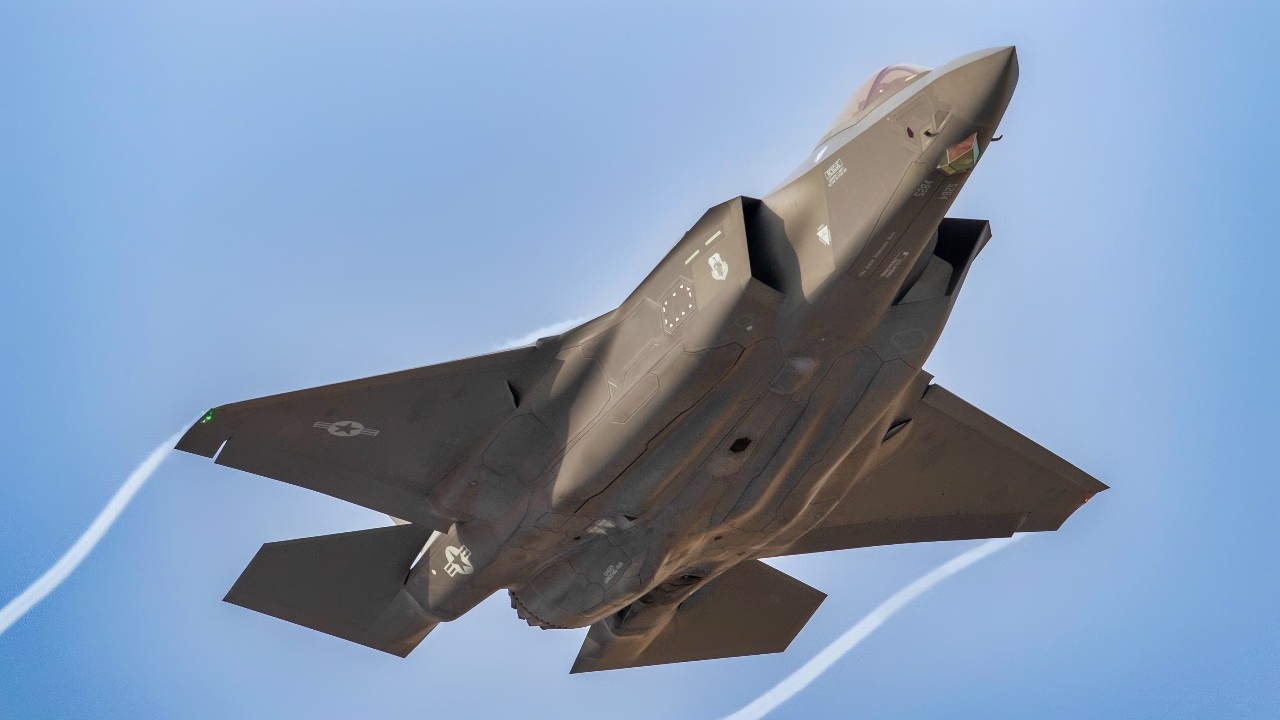
A F-35A Lightning II assigned to the 134th Fighter Squadron of the Vermont Air National Guard’s 158th Fighter Wing takes off for a training mission during January drill from the Vermont Air National Guard Base, South Burlington, Vermont, Jan. 6, 2022. The pilots fly regularly to hone their skills and maintain the U.S. Air Force and Major Command requirements and proficiencies. (U.S. Air National Guard photo by Staff Sgt. Jana Somero)
Meanwhile, US Ambassador to Canada Pete Hoekstra said in an interview in May that Canada’s decision to cut the order could jeopardize the NORAD alliance.
“If Canadians are flying one airplane, we’re flying another airplane; it’s no longer interchangeable,” Hoekstra told CTV in May. “And so, that might even threaten NORAD.”
According to a Flight Global report published on Monday, Canada has committed to buying the first 16 F-35s, but is “weighing options” for the remaining 72. This was confirmed in an interview this week by Canadian Minister for Defense Procurement Stephen Fuhr.
“Canada is contractually obligated to 16 aircraft, which are in various stages of production with the manufacturer,” Fuhr told CBC, in what does not appear to mark a policy change. “A decision on the full programme is currently under review.”
Full Steam Ahead
Summer is over, but that defense review continues. However, indications are that Canada is “full steam ahead” with the program.
According to a new CBC report, Deputy Defense Minister Stefanie Beck testified this week that Canada is proceeding with the F-35 program until it hears otherwise. The testimony came on Tuesday before the tri-party public accounts committee.
“What we have as direction is to continue with the contract … with the arrangements that we have in place until we hear otherwise,” Beck said in her testimony.
“We are full steam ahead, full steam ahead, focused on making sure we’ve got the infrastructure, the pilots, the training in place for the arrival of those F-35s.”
A Mixed Fleet?
According to the CBC report, the conservatives on the committee are in favor of proceeding with the purchase and are “anxious to see the program moved ahead.”
Lt.-Gen. Jamie Speiser-Blanchet, now the commander of the Royal Canadian Air Force, was asked whether she supports a mixed fleet, which would presumably include F-35s and some jets purchased from other sources. She stated that “the air force will be required to manage two fleets throughout the introduction of the F-35 because the current CF-18s are expected to continue flying until the early 2030s.”
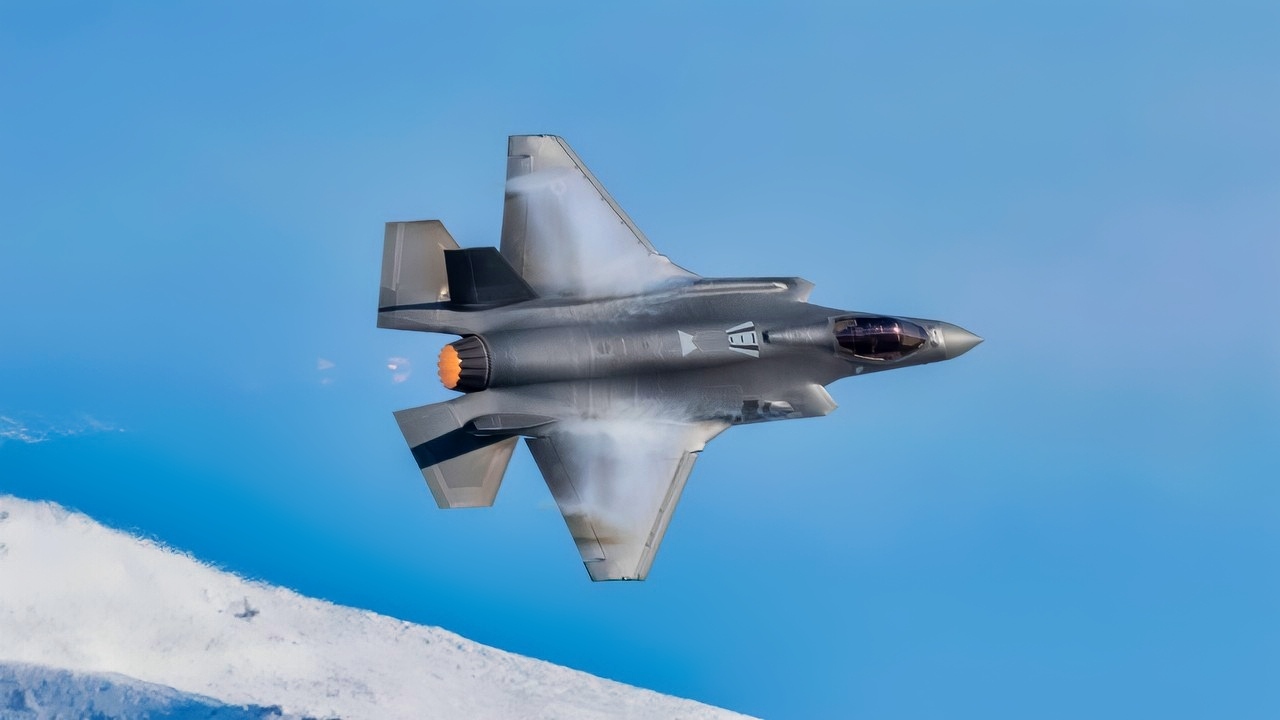
Maj. Kristin “BEO” Wolfe demonstrates the capabilities of the F-35A Lighting II, a single seat, single engine, all-weather stealth multirole fighter aircraft, during a practice flight with the F-35 Demonstration Team at Hill Air Force Base, Utah, Dec. 13, 2023. (U.S. Air Force photo by Senior Airman Jack Rodgers)
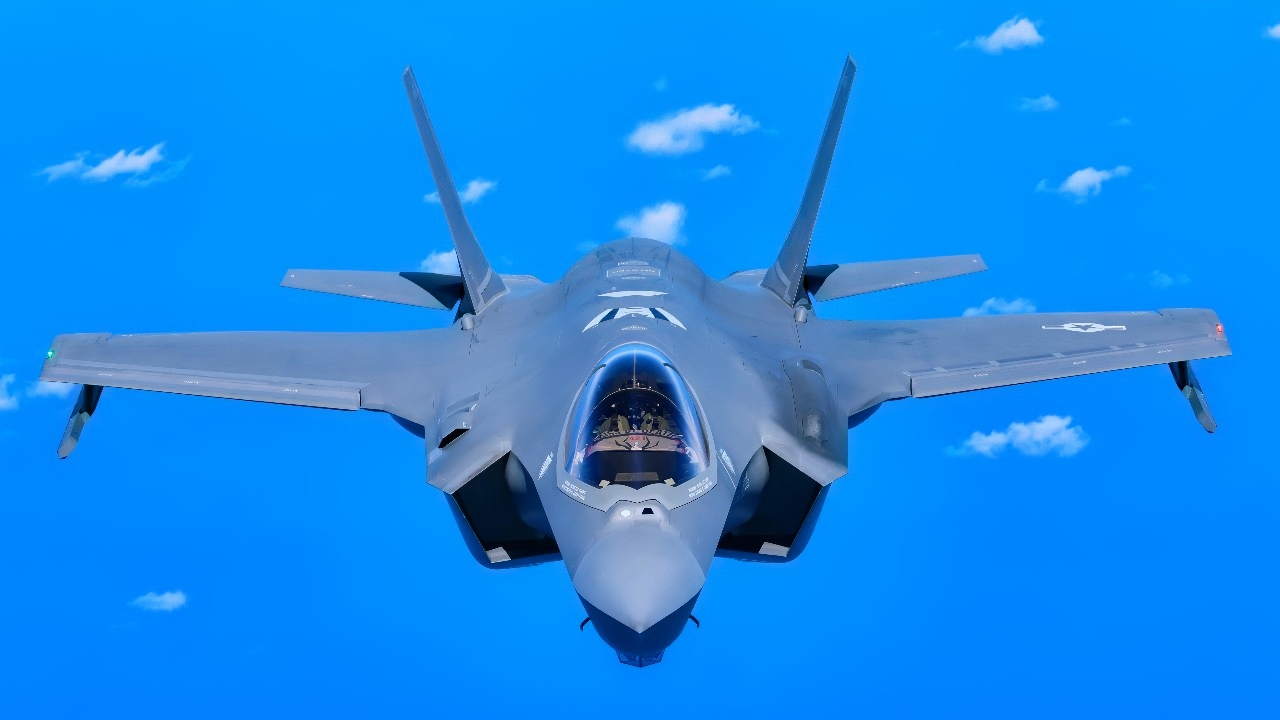
Six F-35 Lightning ii aircraft follow closely behind a KC-135 stratotanker aircraft during a trip across the pacific ocean, April 20, 2025. The KC-135 provided aerial refueling support, enabling the six F-35s to reach Guam and Japan for a military exercise. (U.S. Air National Guard photo by Tech. Sgt. Andrew Stover)
Lt.-Gen. Speiser-Blanchet also said in her testimony that other countries also boast fifth-generation fighters.
“Both China and Russia have fifth-generation fighter aircraft and fifth-generation missiles that are able to go at much greater speeds and with much more that are holding Western allies at risk at this moment in time,” she told the committee.
In Defense of a Mixed Fleet
In an interview with CBC News, retired Canadian Air Force Major-General Duff Sullivan said that he disagrees with the argument against a mixed fleet.
“If you look at what the Americans are flying, the U.S. air force is flying up in Alaska, they’re flying F-22s, arguably the best, most advanced fighter aircraft in the world,” Sullivan told CBC.
“The CF-18s and the F-22s are flying continental defence. And a lot of US Air National Guard squadrons are flying advanced F-16s. So here we have three different types of aircraft, but what makes us interoperable are our tactics and procedures, not the type of aircraft.”
Trump and Carney
Earlier this year, relations between the United States and Canada appeared to reach their lowest point in decades, with President Donald Trump openly musing about making Canada the 51st state and declaring tariffs on Canada. Such saber-rattling by Trump appeared to help Carney win an election that the Conservative Party had been expected to win.
Trump has been discussing the “51st state” less frequently in recent months. On Tuesday, he hosted Carney again at the White House, in what was a less contentious meeting than some previous ones between the two.
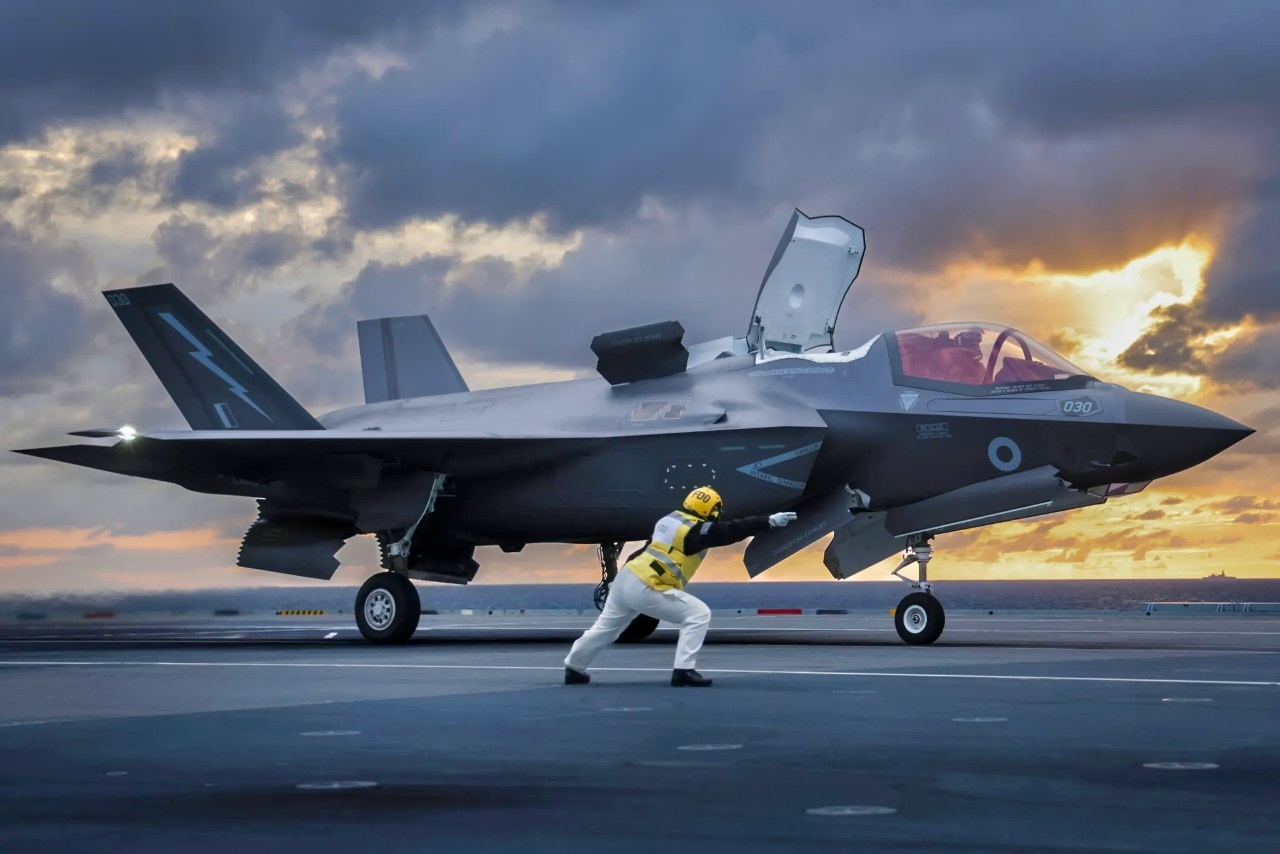
Royal Navy F-35 Fighter. Image Credit: Creative Commons.

A U.S. F-35A Lightning II departs after conducting aerial refueling with a KC-10 Extender from the 908th Expeditionary Air Refueling Squadron, June 11, 2019 at an undisclosed location. The fifth generation fighter provides the pilot with comprehensive situational awareness in a sphere around the aircraft for missile and aircraft warnings, day and night vision, extended range detection and precision targeting against air and ground threats, granting the U.S. Air Force and its allies’ air superiority. (U.S. Air Force photo by Staff Sgt. Keifer Bowes)
Per The New York Times, Carney’s objectives for his Washington visit included “take heat out of his early encounters with President Trump, to avoid references to Canada becoming a 51st state, and to begin talks on steel and aluminum tariffs.” The prime minister, according to The Times, “partly succeeded.”
Trump described his Canadian counterpart as a “nice man” who could be “very nasty.” And Trump, in the meeting, declared that “the people of Canada will love us again.” The two claimed they had made progress on negotiations related to steel and aluminum tariffs, although no agreement has yet been reached.
Dominic LeBlanc, Canada’s Minister in Charge of Relations with the United States, called the meeting a success in an interview with The Times.
“I’ve seen substantial progress today,” LeBlanc said, in remarks translated from French to English. “I think that we have a momentum that we didn’t have when we woke up this morning.”
About the Author: Stephen Silver
Stephen Silver is an award-winning journalist, essayist, and film critic, and contributor to the Philadelphia Inquirer, the Jewish Telegraphic Agency, Broad Street Review, and Splice Today. The co-founder of the Philadelphia Film Critics Circle, Stephen lives in suburban Philadelphia with his wife and two sons. For over a decade, Stephen has authored thousands of articles that focus on politics, national security, technology, and the economy. Follow him on X (formerly Twitter) at @StephenSilver, and subscribe to his Substack newsletter.
More Military
Russia’s Su-34 Fullback Fighter-Bombers Are Going Down in Ukraine
America Bought A Massive Fleet of MiG-29 Fighters
Russia’s MiG-41 6th-Generation Mach 4.3 ‘NGAD’ Fighter Nightmare Begins
A U.S. Navy Nuclear Attack Submarine Sank Due to an ‘Uncovered Manhole’ Mishap
The U.S. Navy’s Nuclear Aircraft Carrier Nightmares are Just Beginningan











bish-bish
October 8, 2025 at 1:11 pm
Canada is a shoo-in for Americun f-35 fighters, as the f-22 is no longer in production.
Recently, a china pilot now serving with the country’s western region, revealed that when he was stationed in the east region in 2024, he was confronted by a pair of f-22s.
The leading f-22 brazenly attempted to penetrate right into domestic airspace, but the China pilot flying the ultra hotshot j-16 superflanker intercepted him, performed a barrel roll over the f-22, while also radar-locking the Americun jet.
The fright-jolted americun pilots then fled with their tails between their legs AND were never seen again.
That, a huge LESSON, for Ottawa.
Swamplaw Yankee
October 9, 2025 at 12:39 am
Wow. And, the car/truck industry of the Canucks is locked out of the Yankee domain as if it was a PRC CCP vassal.
This op-ed is reduced to many of the dozen fallacies so popular with the F-35 op-ed opioid users. It is reduced to re-swinging the entrails of the great MSM event between the MAGA POTUS Trump and 3T. 3T = Third Trudeau. The only question is what fowl did the entrails come from? The Canada Goose seems most likely.
Firstly, how many of these air-frames have been legally purchased by Mexico and/or Central America? How serious are the top secret negotiations with the filthy rich Mexican entity? Very serious: very, very serious? How is it that each and every op-ed is in collusion of the highest sort? Very curious: somewhat like the Kennedy assassination analogy. They collude to never mention Mexico and it’s Cartels most serious financial offers to snap up hundreds of F-35 air frames.
Come on: How about the 3T federal structure stop hunting down at very high expense aged low income senior Canadians for a few dollars of revenue. With rigged cost of living statistics many low income seniors are reduced to begging on cold blizzard snow swept street corners. Just visit Niagara Falls Canada to see emaciated, dirty clothed low income seniors begging from the mega flow of rich PRC CCP Xi regime spy tourists that inundate the Clifton Hill Falls tourist magnet. Or the hotels of Niagara Falls exclusively reserved with tax dollars by 3T for future world trade centre bombers. These hotels all have historic plaques that indicate how many hundreds of millions of tax dollars 3T has spent on the reservations.
Yeah: the same analysts that correctly predicted the ruuzzkie invasion of Ukraine in 2014 have predicted that the low income seniors of Canada need the huge F-35 white elephant air fleet to protect them from the quickly vanishing federal pension payments + fast rising wait times for “FREE” health care ( aka as MAID). -30-
Toxic
October 11, 2025 at 4:37 am
What a waste of money, they’ll catch fire the day America invades, and we could have bought perfectly meant-for-asymetrical-warfare gripens.